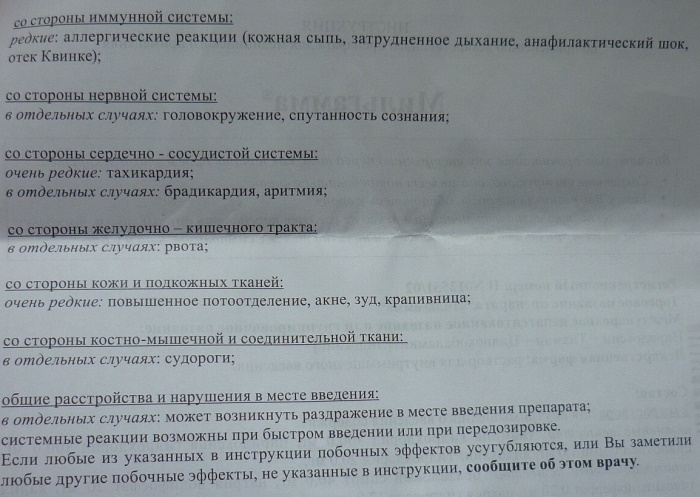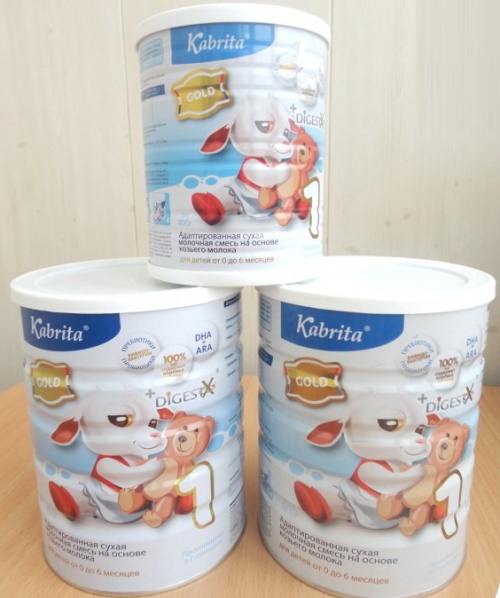Content
- Description of the bandage
- Release form and prices
- Indications
- Contraindications
- Equipment
- Shelf life
- Instructions for use
- Adhesive Bandage Video
Medical bandages are capable of to simplify the provision of first aid, thanks to them, the therapy of injuries of various categories is carried out. The range of products includes adhesive fixation devices for dressings that expand the functionality of medicinal products, increasing the beneficial effect of their use.
Description of the bandage
The adhesive dressing is a seamless non-woven fabric that has elastic characteristics. Thanks to the introduction of adhesives into the composition of the material, a method was found that made it possible without accessories to fix the bandage while winding each next round of the bandage on previous allowance.
Thanks to this, patients do not have to worry that the dressing will slip off or change its position. It also simplifies the process of overlaying it. Such products have some advantages over ordinary elastic dressings.
They are characterized by the following properties:
- long period of use without loss of quality of the dressing;
- the ability to measure and separate the required length of the canvas for any needs;
- reliable fixation.
Elastic adhesive medical bandages are products that are used for the purpose of fixing catheters, needles, making a tight support or compression bandage. The device is able to provide protection from injury, and also has a therapeutic effect in the recovery period after surgery, after receiving wounds of various origins.
The therapeutic effect of bandaging with self-fixing bandages is based on ensuring partial immobilization of the damaged area of the body. The products are classified as medical plasters. They are self-adhesive dressings made from perforated cloth without the use of weaving techniques, to which acrylic glue is applied.
The device helps create a conducive environment for injury healing. At the same time, it makes it possible to "breathe" the skin, the adhesive used reduces the risk of irritation on them. The features of the products are air and vapor permeability.
Thanks to the use of the tool, you can achieve the following effects:
- long-term and reliable fixation of the dressing on the wound;
- favorable conditions for the healing of the skin;
- impermeability to pathogenic microorganisms;
- protection from infection.
The polyacrylate adhesive coating applied to the canvas is suitable for all types of skin, as it does not lead to allergic reactions and irritations during application. The product does not impede movement, easily wraps around protruding circles and fits well.
The micro-perforated material structure ensures high air and vapor permeability. This accompanies the establishment of moisture exchange and makes it possible to "breathe" the skin without the formation of maceration.
A useful feature of the device is that the material of its manufacture is invisible to radio beams, therefore, experts recommend using it on patients who are undergoing appropriate treatment and diagnostics.
Removal of the product is carried out freely without pain. At the same time, the integuments are not injured, and there are no traces of adhesive adhesive on them. The devices are suitable for long-term wearing and are not sterile.
The adhesive bandage for fixing the bandages has gained popularity among athletes, who often injure different parts of the body.
Due to the fact that patients are not able to store property for a long time, surgeons it is recommended to always have on hand means to fix the damaged part of the body in the physiological position. An elastic adhesive bandage, which does not require additional fixation methods, is able to cope with this task. Such products are convenient and practical devices.
Release form and prices
The bandage is available in various modifications, which differ in the degree of rigidity and drape (the ability to form soft rounded folds). The material of manufacture is non-woven bases that are dense in structure without drawing patterns. There are modifications of devices made of soft material with increased drape.
They are convenient to use for bandaging joints, as well as for fixing needles, medical tubes and instruments. The tackiness of the product is given by hypoallergenic acrylate glue. The self-fixing coating on the canvas is covered with a special tape. It should be removed before applying the fixture.
The adhesive bandage for fixing the dressings is produced in the form of rolls in a wide range, which makes it possible to choose the desired product from the size range. Its width mainly varies within the range of 50, 100, 150, 200, 250, 300 mm, the length can be 2, 10, 15, 50 m. Each manufacturer has its own assortment line.
The products of the following pharmaceutical companies are most often presented in pharmacies:
- FarmLine (Great Britain). Breathable article made from surgical nonwoven fabric.
- MeditekM (Russia). The products are manufactured on perforated materials, which are characterized by good vapor permeability.
- "Master Uni" (Great Britain). Products are made of polymer-based surgical cloth.
- Peha Haft (Germany). The products are available in different colors. The material contains viscose, cotton, polyamide.
-
Palma (Russia). The device is produced in two modifications. The "Bintley-T" model is characterized by a harder canvas, it is suitable for fixing the limbs in a physiological position. "Bintley-M" is distinguished by its softness, has a high level of drape.


The dimensions of the bandage in accordance with the approximate cost are summarized in the table. The price per roll varies depending on the manufacturer and model parameters.
| Parameters (width x length) | Cost, rub. |
| 5 cm x 2 m | 50-100 |
| 5 cm x 10 m | 110-150 |
| 5 cm x 15 m | 270-500 |
| 5 cm x 50 m | 470-775 |
| 10 cm x 2 m | 75-150 |
| 10 cm x 10 m | 190-320 |
| 10 cm x 15 m | 480-900 |
| 10 cm x 50 m | 870-1500 |
| 15 cm x 10 m | 280-480 |
| 15 cm x 15 m | 700-1500 |
| 15 cm x 50 m | 1300-2200 |
| 20 cm x 10 m | 440-700 |
| 20 cm x 50 m | 1700-2500 |
| 25 cm 10 m | 650-1000 |
| 30 cm x 10 m | 800-1500 |
Indications
The adhesive bandage for fixing the dressings has general recommendations for use.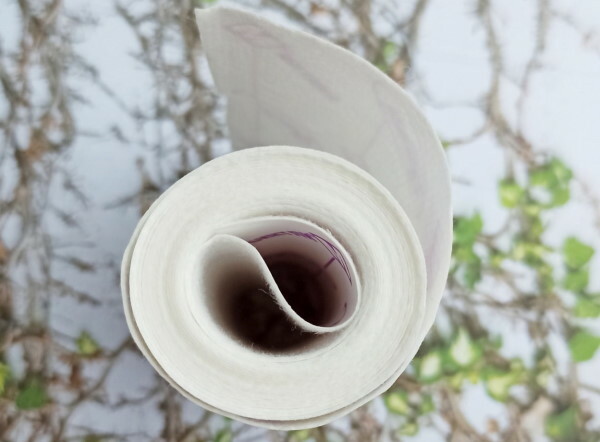
Their list includes:
- closure of postoperative wounds;
- Securing dressings, needles, catheters or drainage devices securely
- fixation of the joint in a physiological position in case of injuries.
Such bandages have good elasticity and increased drape. Their surgeons recommend using them for bandaging the elbow, knee, hip, ankle and shoulder joints.
Thanks to such a device, you can achieve the following results:
- long-term and reliable fastening of the bandage at the site of injury;
- ease of wearing;
- elimination of pain in the wound area due to stretching of the device and the absence of pressure on the skin;
- creating the effect of an impassable barrier for pathogenic microorganisms;
- protection of the injured place from infection.
The indications for the use of the bandage are:
- healing of injuries received after surgical interventions;
- strengthening of dressings on hard-to-reach moving parts of the body;
- passing some types of diagnostics;
- fixing medical instruments, uroreceptors;
- bandaging large areas of injured limbs.
Products are suitable for people with any type of skin.
The characteristic features of the products are the following advantages:
- ensuring normal blood circulation (without disturbances);
- assistance in maintaining the smooth movement of the joints;
- close fit to the body with repetition of the shapes of its elements, including hard-to-reach places (forearms, knee joints, armpits);
- reliable protection against peeling and displacement when moving.

The purposes of using the products are as follows:
- keeping the joints in the correct physiological state;
- partial immobilization of the limbs in order to ensure rest and reduce pain;
- achieving redistribution of loads to other parts of the body;
- reduction of puffiness due to micro massage effect that improves blood flow.
An elastic self-fixing dressing can be used in the following cases:
- with violations of the structure of movable joints;
- with a mild degree of traumatic damage to muscles and ligaments;
- during injuries of moderate severity, but without visible damage to the skin;
- at the stage of recovery after the transfer of operations;
- for the prevention of repeated cases of injury, when an increase in pressure on the protruding part of the body is determined.
Thanks to such a device, it is possible to achieve a strong fastening of the turns of the fabric to each other without knitting knots, which helps to save the dressing material. The product provides an opportunity to spend canvases as much as necessary, sometimes it is enough to wrap it 1.5-2 times.
The self-fixing bandage can be used repeatedly, since the material does not lend itself to rapid wear during use. Due to their structure and density, such medical devices do not stick to the affected areas, excluding the ingress of cloth particles onto them. Removal of the bandage is painless.
The scope of application of the products is surgery (with open and closed wounds) and sports, where it is used to fix joints, to prevent injuries.
Contraindications
The sticky bandage for fixing the dressings has the only absolute contraindication. The use of a medical device is prohibited if there is an individual intolerance to its components.

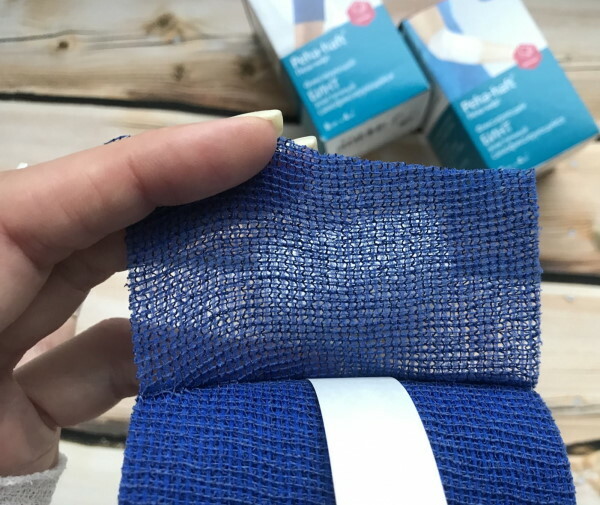
There are a number of restrictions and recommendations for the use of dressings, which include the following aspects:
- In the presence of open injuries, it is necessary to apply a compress with an antiseptic under the bandage when dressing.
- At the time of winding a self-adhesive product on open wounds on the skin, you need to remember that they can stop fully "breathing", this can lead to the emergence of infectious processes.
- Bandages on the legs made of elastic devices for varicose veins are prohibited, since such means can lead to impaired blood circulation as a result of compression of the veins.
For the prevention of undesirable conditions and complications, it is necessary to use the device, adhering to all the rules for its use. If a change in the color of the skin is observed in the area of the applied bandage, then the dressing must be urgently unwound or let down, reducing the pressure.
Equipment
Self-adhesive bandages, regardless of the manufacturer, are produced in individual packages in the form of rolls. In their manufacture, PS 0609 and DURO-TAK H1540 E glue is used.
The content of the substance capable of holding the material in the bandage is from 25 to 30 g / m². The characteristic feature of the device is that it does not stick to hair, skin or clothing.
When using, the roll should be unrolled to the required length, the pieces are cut with scissors.
Shelf life
Non-woven self-fixing medical products are available from pharmacies without a prescription. They have a long shelf life, which depends on the manufacturer. Store them in a dry place at room temperature, away from sources of heat, direct sunlight and dust.
According to the instructions for use, the expiration dates of bandages from various manufacturers are:
- FarmLine, MeditekM, Master Uni, Palma - 5 years;
- Peha Haft - 3 years.
The maximum allowable storage temperature is + 32 ° С. The minimum limit is + 10 ° C.
Instructions for use
There are general rules for fixing dressings with a sticky elastic bandage. They imply that the procedure is performed by a qualified worker (nurse). In this case, the patient is seated or laid in such a way that the bandaged part is motionless and accessible. The band is wound from bottom to top, and also from left to right. The first turn must be well secured and made sure that it also happens with each subsequent turn.
The next layer should overlap the previous one by half or 2/3 of the part. Bandaging is done with both hands: one hand rolls out the roll, and the other straightens it in the course of winding, evenly pulling the bandage. In order to bandage rounded parts of the body (thigh, lower leg, forearm), it is necessary to twist the dressing every 1-2 turns.
The self-locking bandage must be used according to the following instructions:
- The measurement of the piece to be cut is taken. This takes into account the fact that the sticky bandage is used in a shorter length than the usual one. To fix medical devices (needles, boats), it is enough to measure the piece by 1.5-2 turns. More material is needed for dressing.
- Before direct dressing, it is necessary to remove the protective tape from the medical device.
- The device is wrapped around the injured limb or other part of the body so that the bandage does not press.
The bandage has its own rules of use, the observance of which allows you to reduce the likelihood of negative consequences.
The recommendations for the use of the product include the following points:
- When applying the device to an open wound, only a clean, sterile compress can be used under it.
- The tightness of the dressing should not interfere with normal blood flow.
- Any dressing is a temporary measure. It must be changed and the wounded area kept clean.
- The technique of applying the product changes in accordance with the location of the injury, its size, and the nature of the injury.
- For bandaging the ankle and shoulder joints, a figure-eight bandage is required; for the knees, a circular bandage is more suitable.
- With the help of a self-adhesive elastic device, a compress of pain relievers or anti-inflammatory drugs can be fixed.
- The most popular techniques are herringbone, cross and overlap.
- The reverse method of bandaging is most often used when bandaging the legs, circular turns are usually used on the upper limbs, in the area of movable joints, when fixing small areas skin.
- The spiral technique is one of the techniques that surgeons recommend for use on large areas of the body.
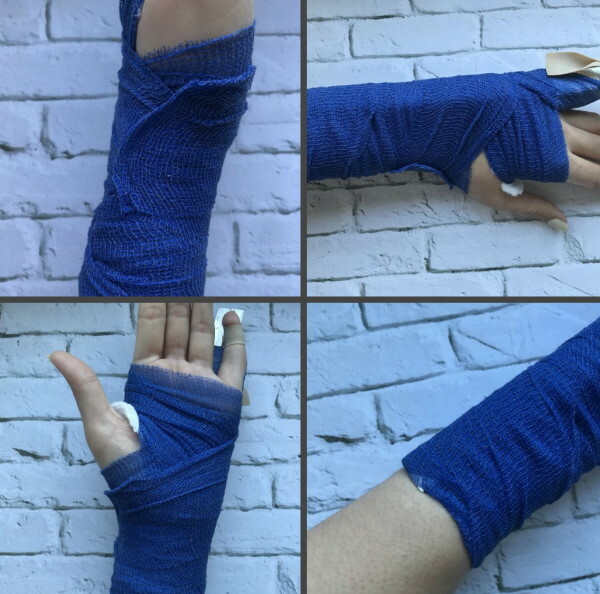
Bandage serves as an important element of first aid after injury. Sticky products for fixing bandages should be included in any home medicine cabinet and camping kits. These medications are best for supporting the ankles, wrists, knees, and forearms.
Adhesive Bandage Video
Peha Haft self-fixing bandages:

